
CONTENTS
Illuminations in 2024~2025
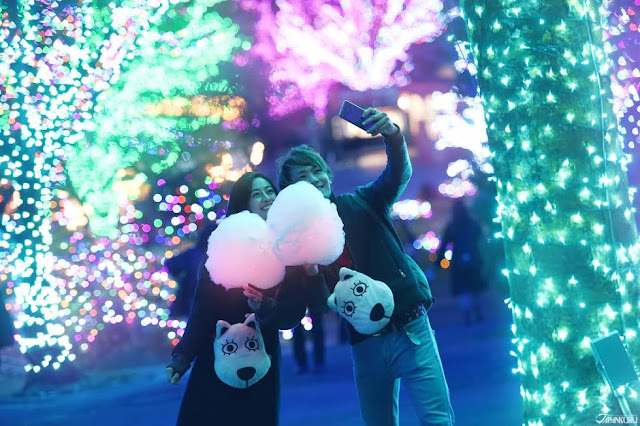
Every winter, Japan’s gardens, theme parks, and city streets transform from their everyday appearances into magical dreamlands of glittering lights, covered in thousands or millions of tiny bulbs, or brought to life after dark with rainbows of projected light shows. These “illuminations,” as they’re called in Japan, are sometimes associated with Christmas or New Year’s, but usually they’re not celebrating anything in particular – the events bring a little festive fun to cold nights from mid-Autumn throughout the winter, when the chilly air is said to make the lights sparkle extra bright. Every year, illumination events can be found all across Japan, lighting up the country from top to bottom, but plenty of the country’s most spectacular illuminations are in Tokyo (or within easy reach). Here are a few of Tokyo’s best illuminations!
① Tokyo Mega Illumination
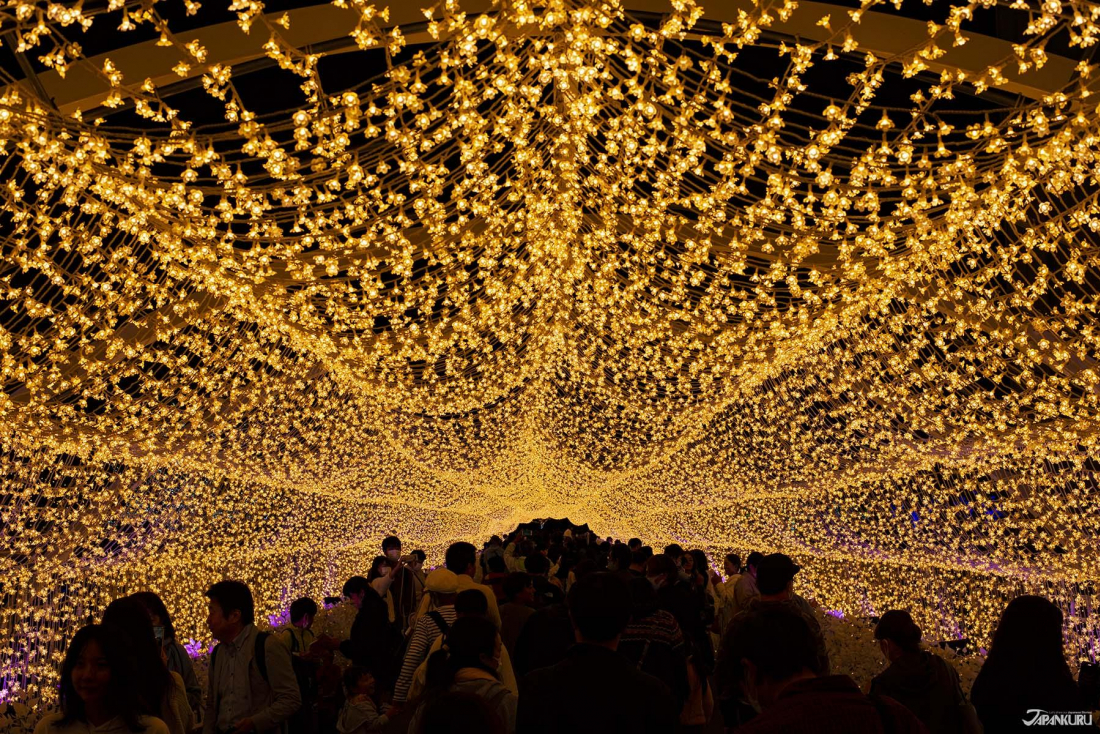
Consistently ranked among Japan’s top light-up events, Tokyo Mega Illumination has multiple areas covering the Oi Racecourse, with different lighting themes, shows, and a cute horse-racing theme to boot. Big draws include their fountain-centered light shows, a 100-meter tunnel of little glittering cherry blossom lights, tunnels of funky interactive projection-mapped lighting, and photo-ops with some of the miniature horses and ponies that live at the racecourse!
Tokyo Mega Illumination (東京メガイルミ)
Oi Racecourse, 2-1-2 Katsushima, Shinagawa City, Tokyo
2024~2025 Dates: Nov. 2, 2024 ~ Jan. 12, 2025
*Closed for public holidays.
Official Website (jp/en) | ▷ See more details on the Japankuru event page!
② Roppongi Hills Keyakizaka Illumination

For those with a casual interest in Japanese illuminations, this low-key light display is unbeatable when it comes to convenience and affordability. Head over to Roppongi Hills during their Roppongi Hills Christmas event for the shopping, museums, and great views of Tokyo, plus a German-style Christmas Market. As the sun begins to set, you’ll see the lights of the Keyakizaka Illumination stretching out along Keyakizaka Hill, like brilliant ice crystals piled on the thin tree branches. This particular “Snow & Blue” themed illumination doesn’t have quite the same majesty as some other bigger light display events, but it is totally free to enjoy, and the view of Tokyo Tower in the distance makes it extra special!
Roppongi Hills Keyakizaka Illumination (六本木ヒルズ けやき坂イルミネーション)
6-10-2 Roppongi, Minato City, Tokyo
2024~2025 Dates: Nov. 7, 2024 ~ Dec. 25, 2024
Official Website (jp) | ▷ See more details on the Japankuru event page!
③ Yomiuriland Jewellumination
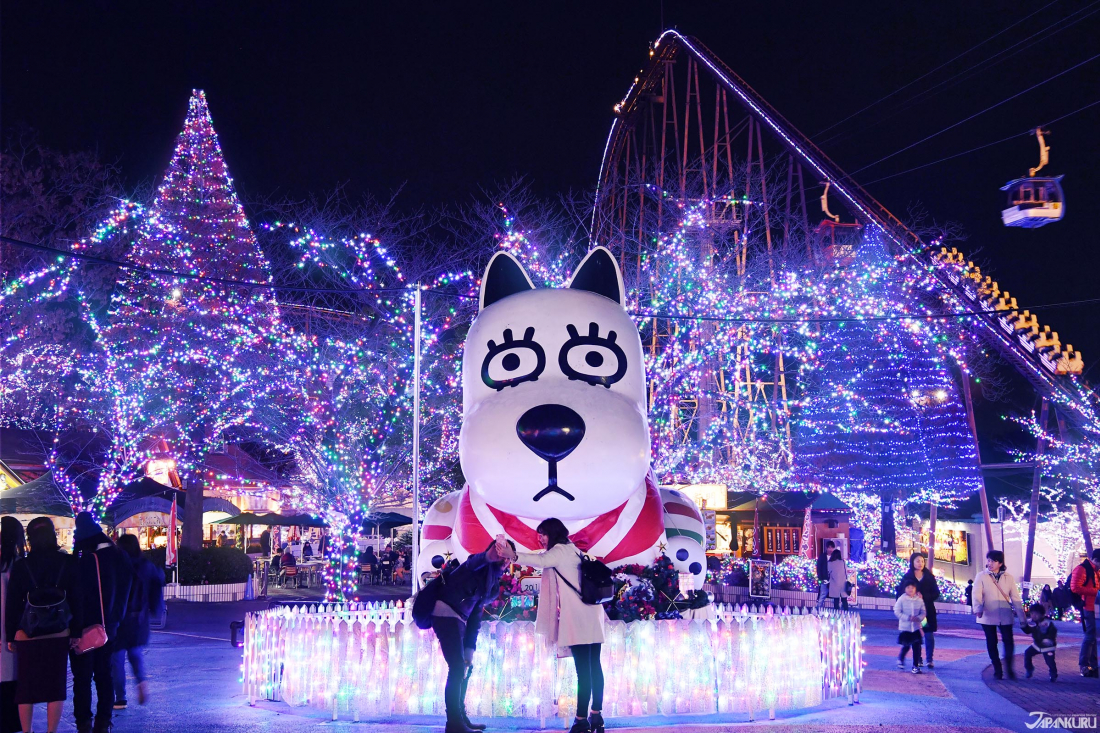
Go for the rides, stay for the lights! Yomiuriland is Tokyo’s biggest amusement park, with almost 50 rides and attractions to enjoy throughout the daytime hours, and an entire park’s worth of glittering lights to marvel at after the sun goes down during the colder months of the year. Yomiuriland’s “Jewellumination” illumination event has 12 different zones and huge swathes of tiny fairy lights in just about every part of the park. There are quite literally millions of bulbs, and the colorful gem-like points of light arch over paths, reflect in the water of Yomiuriland’s waterpark pools, and hang gracefully from the rides like glittering jewels.
Yomiuriland Jewellumination (よみうりランドジュエルミネーション)
4015-1 Yanokuchi, Inagi, Tokyo
2024~2025 Dates: Oct. 24, 2024 ~ Apr. 6, 2025
Official Website (jp) | ▷ See more details on the Japankuru event page!
④ Hana-Biyori x Take Akari: Hana-Akari Illumination
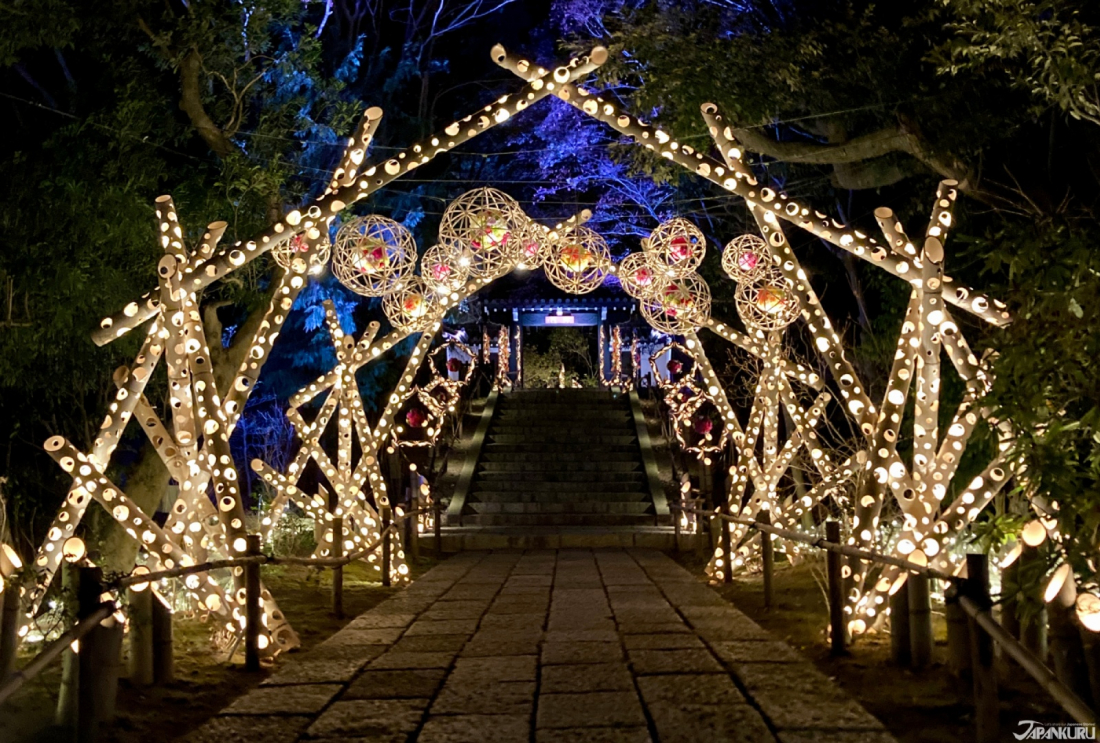
Hana-Biyori opened in 2020 as a botanical garden with daily indoor projection-mapped light shows, and while many of Tokyo’s tourists have been kept away from the new facility due to the COVID pandemic, it has nonetheless become a popular place for those in the Tokyo area to spend time among the flowers and enjoy light shows throughout the year. There are always colorful flowers on display in the indoor area, and the gardens are in bloom throughout the seasons, but when most plants are hibernating through the winter, fantastic bamboo lanterns and magical light displays take over to light the paths like a scene out of a romantic Japanese drama.
Hana-Biyori x Take Akari: Hana-Akari (HANAあかり~HANA・BIYORI×竹あかり~)
4015-1 Yanokuchi, Inagi, Tokyo
2024~2025 Dates: TBD (last year: Oct. 28 2023 ~ Feb. 25, 2024)
Official Website (jp) | ▷ See more details on the Japankuru event page!
⑤ Ashikaga Flower Park Garden of Illuminated Flowers
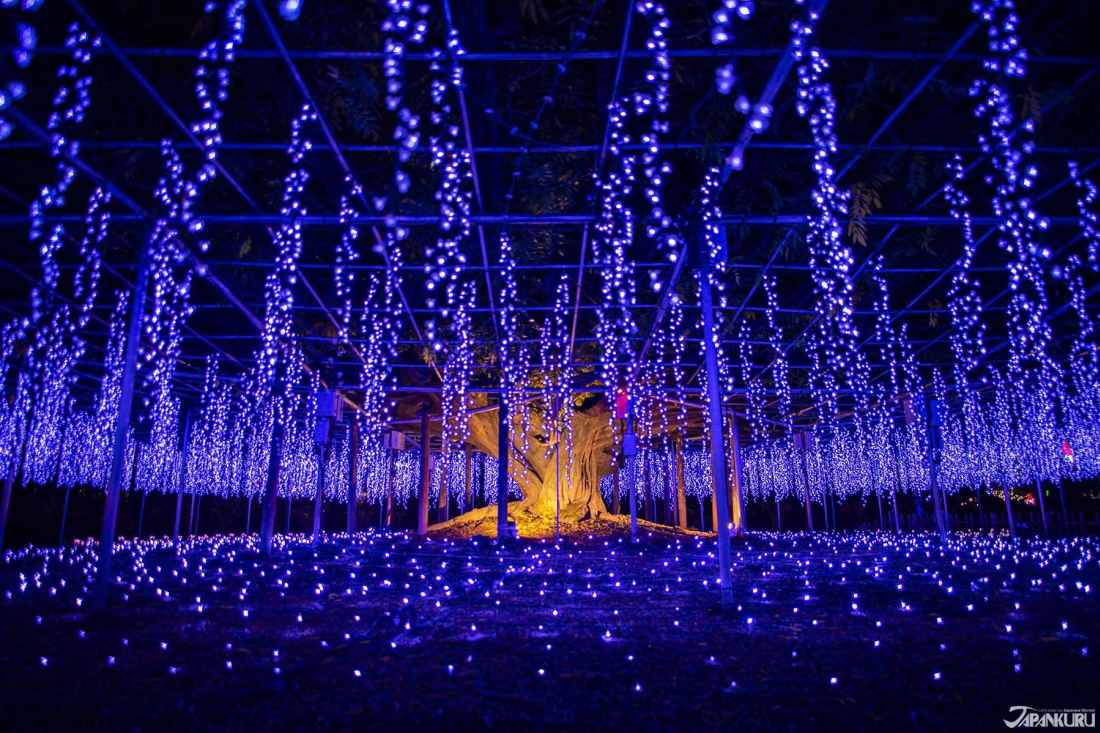
Ashikaga Flower Park isn’t actually in Tokyo, but it’s worth venturing out of the city and taking the train a little way north to Tochigi Prefecture for this spectacular illumination event, frequently ranked #1 in Japan. Each autumn and winter, lights of all shapes and sizes take the place of flowers at this huge botanical garden, becoming Ashikaga’s Garden of Illuminated Flowers. Lights sway as shining roses, float in glowing pyramids on the water, and hang from the trees in place of spring wisteria flowers (which anime fans often compare to scenes from the popular Demon Slayer). For a whole night of illumination fun, Ashikaga Flower Park is a little out of the way, but it’s pretty spectacular.
Ashikaga Flower Park Garden (あしかがフラワーパーク 光の花の庭)
607 Hasamacho, Ashikaga, Tochigi
2024~2025 Dates: Oct. 18 2024 ~ Feb. 16, 2025
Official Website (en) | ▷ See more details on the Japankuru event page!
Join in on Tokyo’s Winter Festivities in 2024~2025!

When the cool weather of fall and winter starts to make the lights around the city sparkle after dark, it almost feels like all of Tokyo comes alight, with twinkling lights gracing trees and buildings across the urban landscape. But the Tokyo area is home to some truly fabulous illumination events, and the light displays found around the city can be breathtaking. This year, use the Japankuru team’s list of the best Tokyo illuminations to your advantage, and don’t miss the city’s most spectacular light shows and light-ups!
For more info and updates from Japan, check Japankuru for new articles, and don’t forget to follow us on X (Twitter), Instagram, and Facebook!
Details
NAME:Tokyo Illuminations (東京のイルミネーション)





 >> Find out more at Japankuru.com! (link in bio)
#
>> Find out more at Japankuru.com! (link in bio)
#





 The Robot Restaurant is gone, but the Samurai Restaurant is here to take its place. Check it out, and don't forget your coupon!
The Robot Restaurant is gone, but the Samurai Restaurant is here to take its place. Check it out, and don't forget your coupon!
 신주쿠의 명소 로봇 레스토랑이 사무라이 레스토랑으로 부활! 절찬 쿠폰 발급중
신주쿠의 명소 로봇 레스토랑이 사무라이 레스토랑으로 부활! 절찬 쿠폰 발급중
 18歲以上才能入場的歌舞秀,和你想的不一樣!拿好優惠券去看看~
#tokyo #shinjuku #samurairestaurant #robotrestaurant #tokyotrip #도쿄여행 #신주쿠 #사무라이레스토랑 #이색체험 #할인이벤트 #歌舞伎町 #東京景點 #武士餐廳 #日本表演 #日本文化體驗 #japankuru #japantrip #japantravel #japanlovers #japan_of_insta
18歲以上才能入場的歌舞秀,和你想的不一樣!拿好優惠券去看看~
#tokyo #shinjuku #samurairestaurant #robotrestaurant #tokyotrip #도쿄여행 #신주쿠 #사무라이레스토랑 #이색체험 #할인이벤트 #歌舞伎町 #東京景點 #武士餐廳 #日本表演 #日本文化體驗 #japankuru #japantrip #japantravel #japanlovers #japan_of_insta
 코지마 x 빅 카메라 쿠폰으로 일본 가전 제품 쇼핑하기
#pr #japankuru #japanshopping #kojima #biccamera #japaneseskincare #yaman #dji #osmopocket3 #skincaredevice #日本購物 #美容儀 #相機 #雅萌 #日本家電 #일본여행 #면세 #여행꿀팁 #일본쇼핑리스트 #쿠폰 #일본쇼핑 #일본브랜드 #할인 #코지마 #빅카메라 #japankurucoupon
코지마 x 빅 카메라 쿠폰으로 일본 가전 제품 쇼핑하기
#pr #japankuru #japanshopping #kojima #biccamera #japaneseskincare #yaman #dji #osmopocket3 #skincaredevice #日本購物 #美容儀 #相機 #雅萌 #日本家電 #일본여행 #면세 #여행꿀팁 #일본쇼핑리스트 #쿠폰 #일본쇼핑 #일본브랜드 #할인 #코지마 #빅카메라 #japankurucoupon
































 Oita Hello Kitty Airport
Oita Hello Kitty Airport  Lands April 13th
Lands April 13th




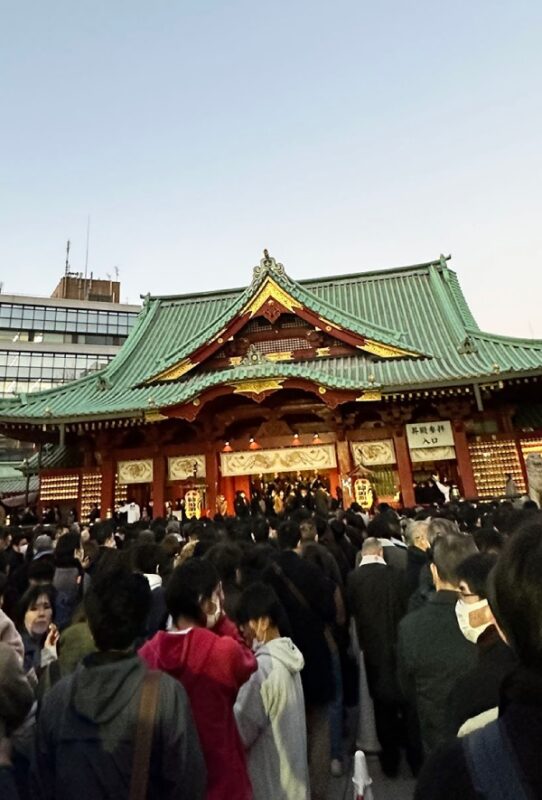

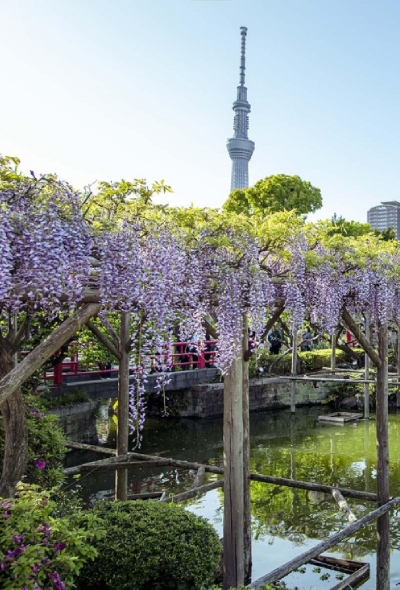
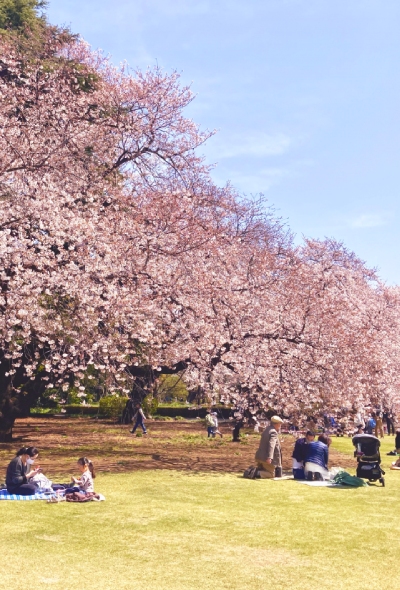
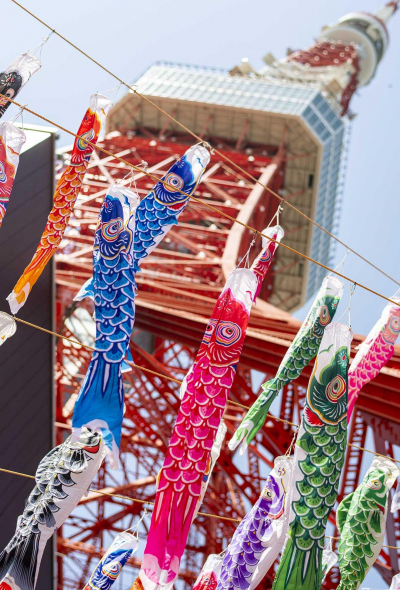

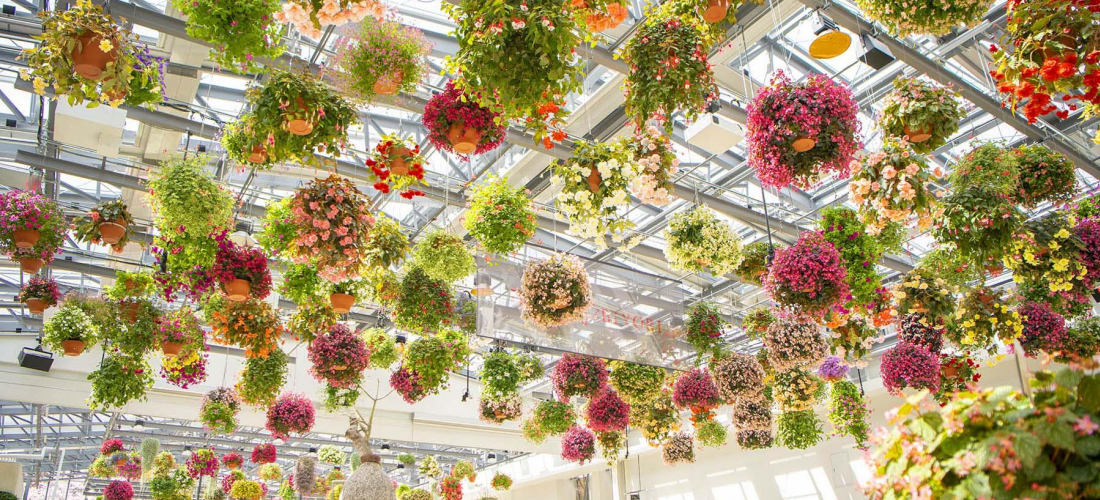
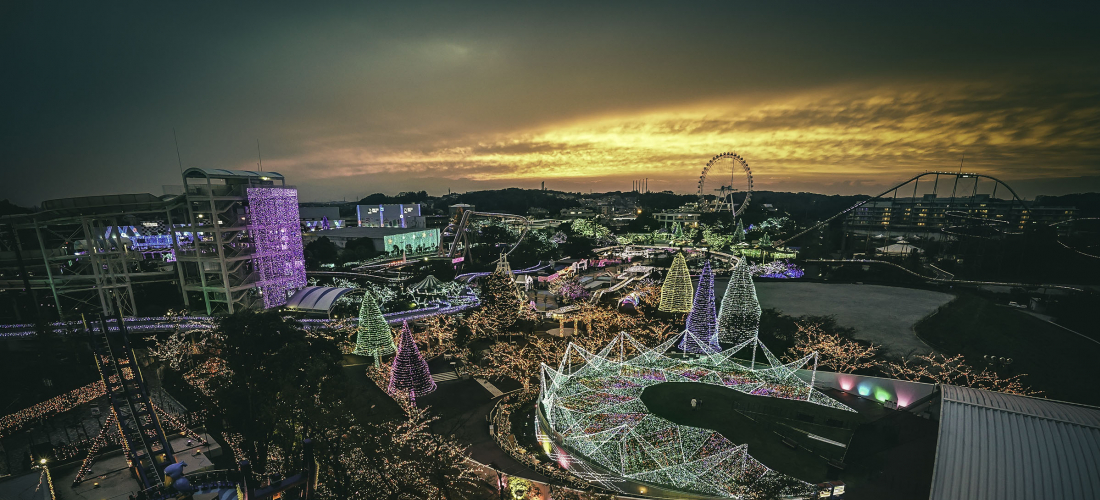
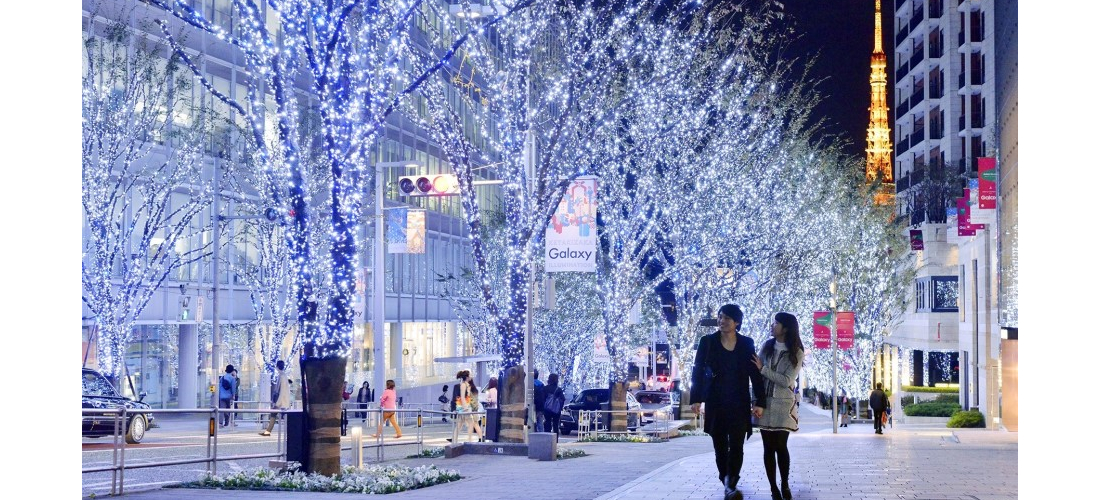










These Tokyo light shows are stunning! Tokyo Mega Illumination looks especially magical with its cherry blossom lights and interactive projections. Can’t wait to check them out this winter!